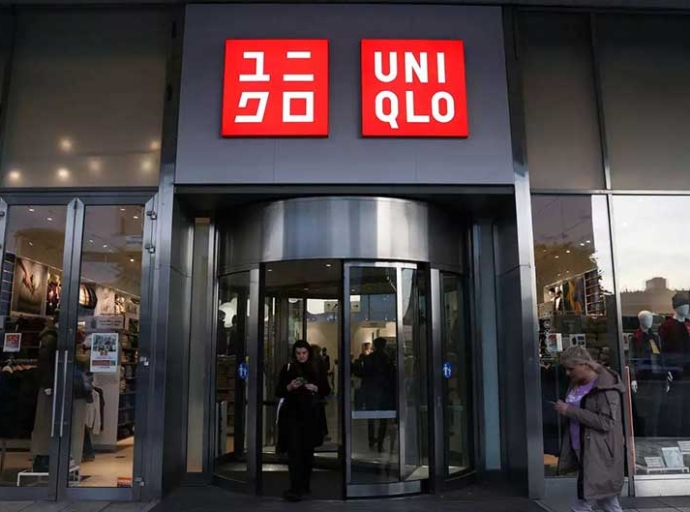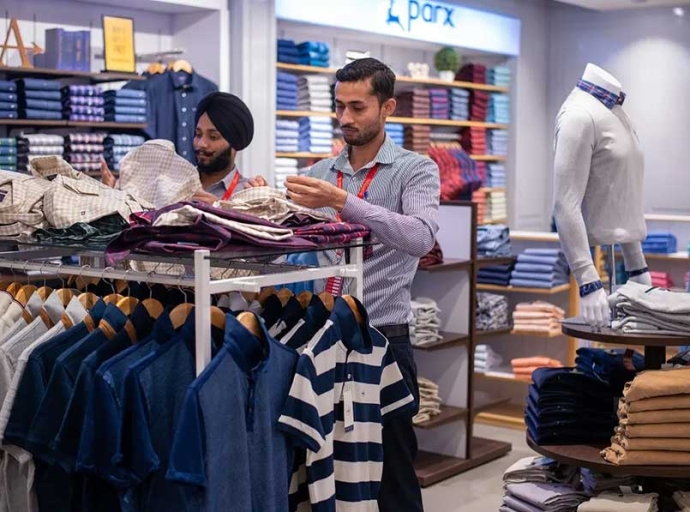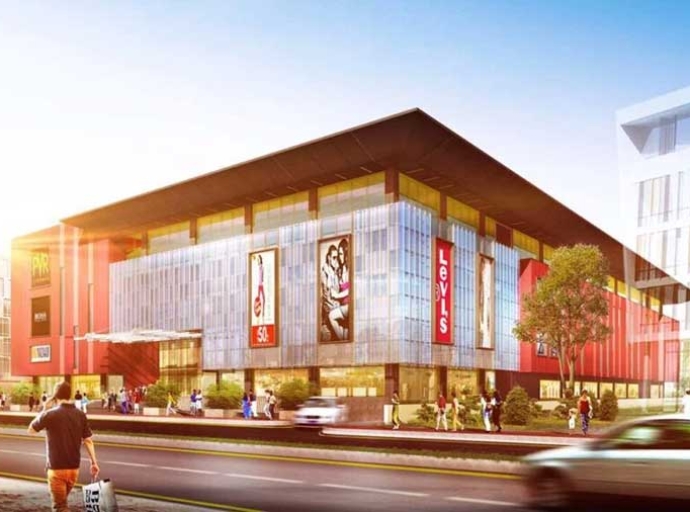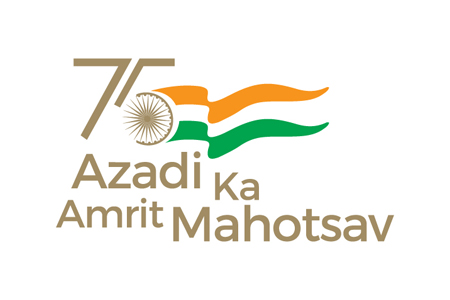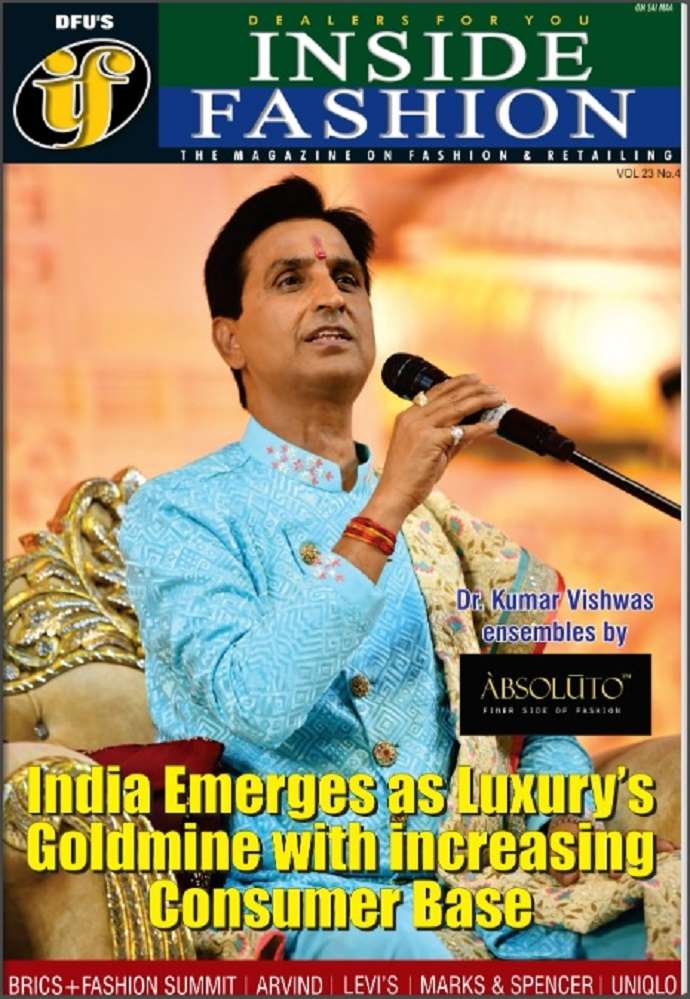The rise of ‘Many Indias’ in e-retail, a fashion revolution, amidst growth moderation
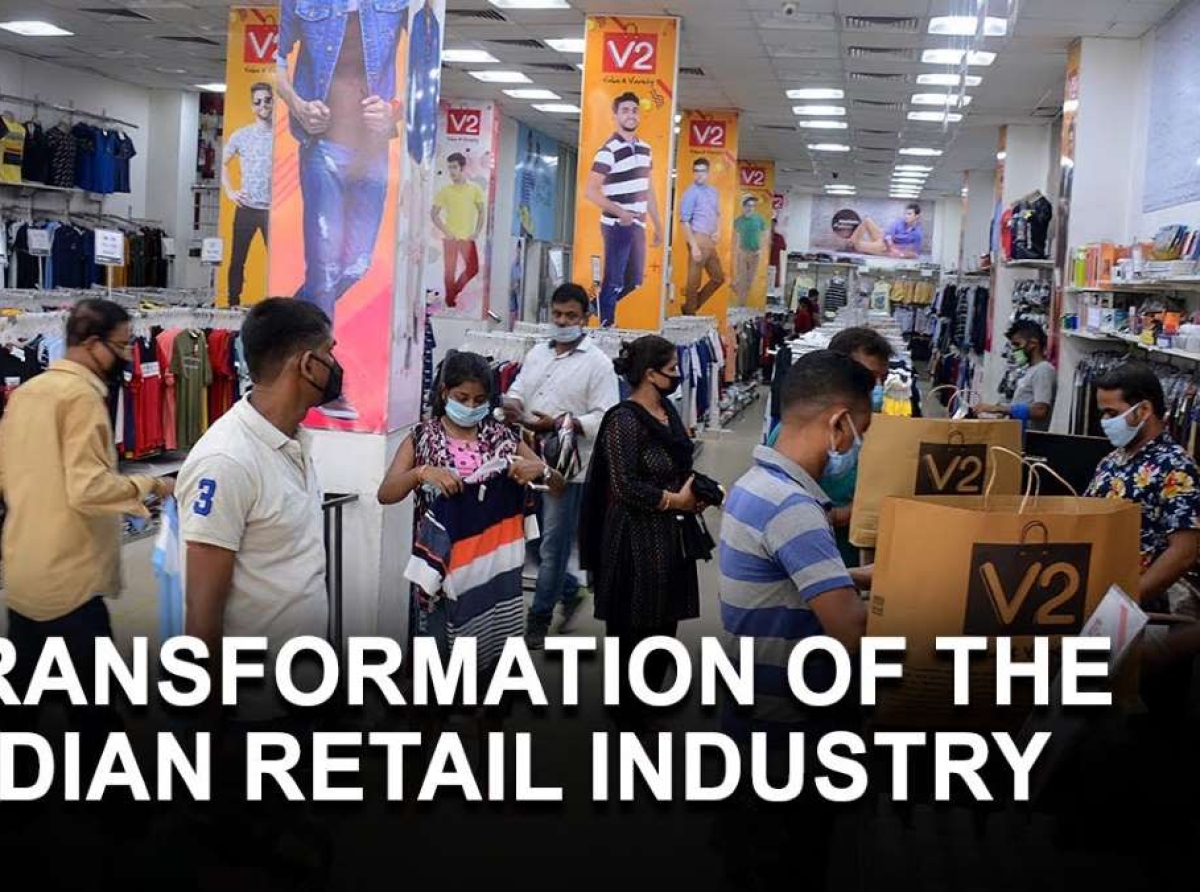
The fast evolving e-retail market in India is characterized by the rise of diverse consumer behaviors and the emergence of innovative business models.
A recent report by consultancy firm Bain & Company and e-commerce giant Flipkart highlights these evolving trends, particularly within the dynamic fashion and apparel sector, even as the overall growth rate moderates.
Report highlights
Moderating growth: The report indicates while the Indian e-retail market continues to grow, the rate of growth is moderating. This indicates a slowdown of around 10-12 percent, compared to the higher growth rates seen in previous years. Moderation signifies a maturation of the market, necessitating a more nuanced and strategic approach from e-retailers.
Table: E-Retail market growth and projections
|
Metric |
Value/Projection |
Year |
|
Overall e-retail market size (projected) |
$170–$190 bn |
2030 |
|
Overall e-retail market growth rate |
10-12% |
current rate |
|
Hyper-value commerce share of e-retail GMV |
5% |
2021 |
|
Hyper-value commerce share of e-retail GMV |
12%+ |
2024 |
|
Trend-first fashion segment size (projected) |
$8-$10 bn |
2028 |
|
Quick Commerce annual growth rate (projected) |
40%+ |
2030 |
The ‘Many Indias’: The report emphasizes the concept of ‘Many Indias’ highlighting the significant regional variations in consumer preferences and purchasing habits. "Consumer behaviour also varies markedly across India's regions. In the North, brand choices often signal social status, with a preference for bold fashion trends such as boot-cut jeans and vivid hair colours. In contrast, Southern shoppers associate brand’s with quality. The Northeast displays demand for smaller clothing sizes due to generally petite body types," the report says.
Trend-first commerce: This model, characterized by the rapid introduction of trendy collections at accessible prices, is gaining traction.
"Trend-first commerce, which revolves around the frequent launch of trendy collections at accessible prices, is gaining significant traction. The trend-first fashion segment alone is projected to quadruple, reaching $8 to $10 billion by 2028, with more than half of this spend anticipated to come from online channels," highlights the report
Hyper-value commerce: This model caters to price-sensitive consumers, particularly in smaller cities, and has witnessed substantial growth."In India, hyper-value commerce has grown from just 5 per cent of e-retail GMV in 2021 to more than 12 per cent in 2024.
These platforms appeal not only through pricing but also by onboarding sellers via zero-commission models and seller financing."
Emerging quick commerce: While initially focused on groceries, quick commerce is expanding into categories like apparel, further reshaping the online shopping experience. "In 2024, over two-thirds of all e-grocery orders and one-tenth of e-retail spend took place on q-commerce platforms. This space is projected to grow at more than 40 per cent annually until 2030, with players like Flipkart Minutes, Myntra's M-now, and Amazon's Tez leading the charge."
Gen Z influence: Gen Z consumers are a significant driver of online fashion trends, with a strong preference for digital payments and experimental purchasing. The report says, "Gen Z shoppers comprise nearly 40% of India's online shoppers. They also indulge in experimental purchasing and have a strong preference for digital payments."
Table: Consumer demographics and preferences
|
Demographic/preference |
Key characteristics |
Regional example |
|
Gen Z online shoppers |
Digital payment preference, experimental purchasing |
Nationwide |
|
Northern India fashion consumers |
Brand consciousness, social status signaling |
Boot-cut jeans, vivid hair colors |
|
Southern India fashion consumers |
Quality-focused brand perception |
Prioritize material and durability |
|
Northeastern India fashion consumers |
Demand for smaller clothing sizes |
Petite body type focused sizing. |
Report implications
The report reveals the slowing growth rate necessitates a focus on profits and customer retention. Thus brands and sellers must tailor their products to local preferences. Investing in fast delivery and high-quality catalogs is crucial for success.
Targeted advertising is essential for driving brand discovery. And platforms should focus on the specific needs of the GenZ consumer.
Therefore, the Indian e-retail market, particularly the fashion and apparel sector, is showing rapid growth and evolving consumer behavior, even amidst a moderating overall growth rate. The ‘Many Indias’ phenomenon necessitates a localized approach, while trend-first and hyper-value commerce models are reshaping the competitive landscape.
Latest Publications



